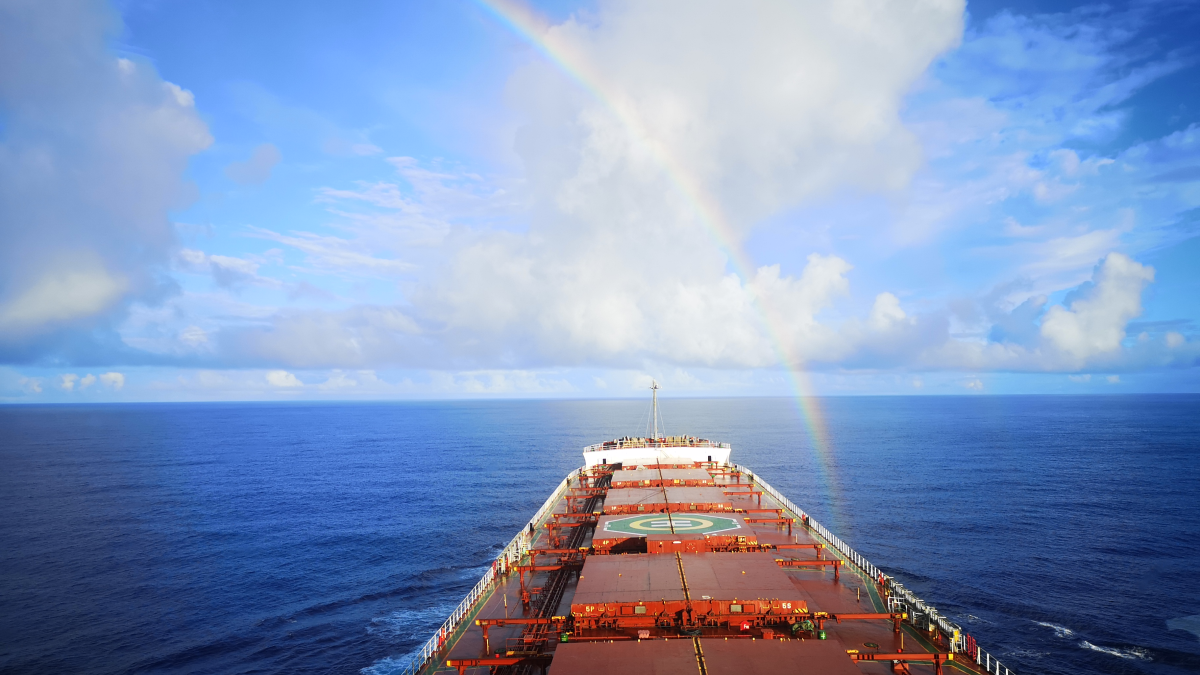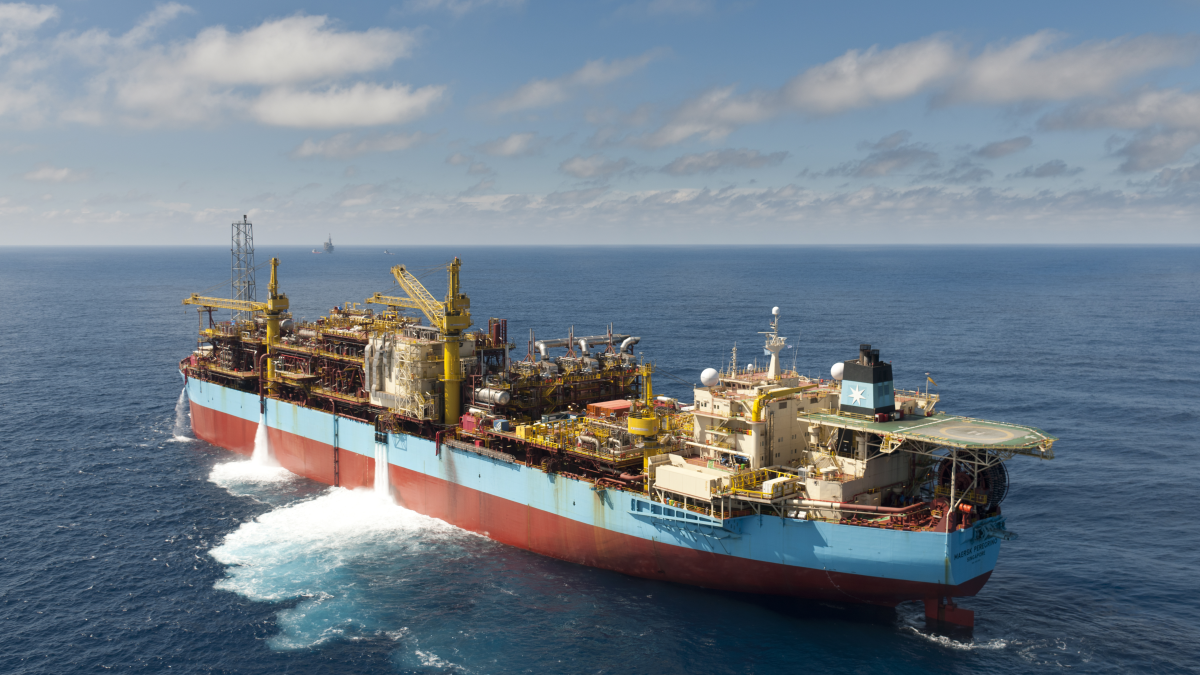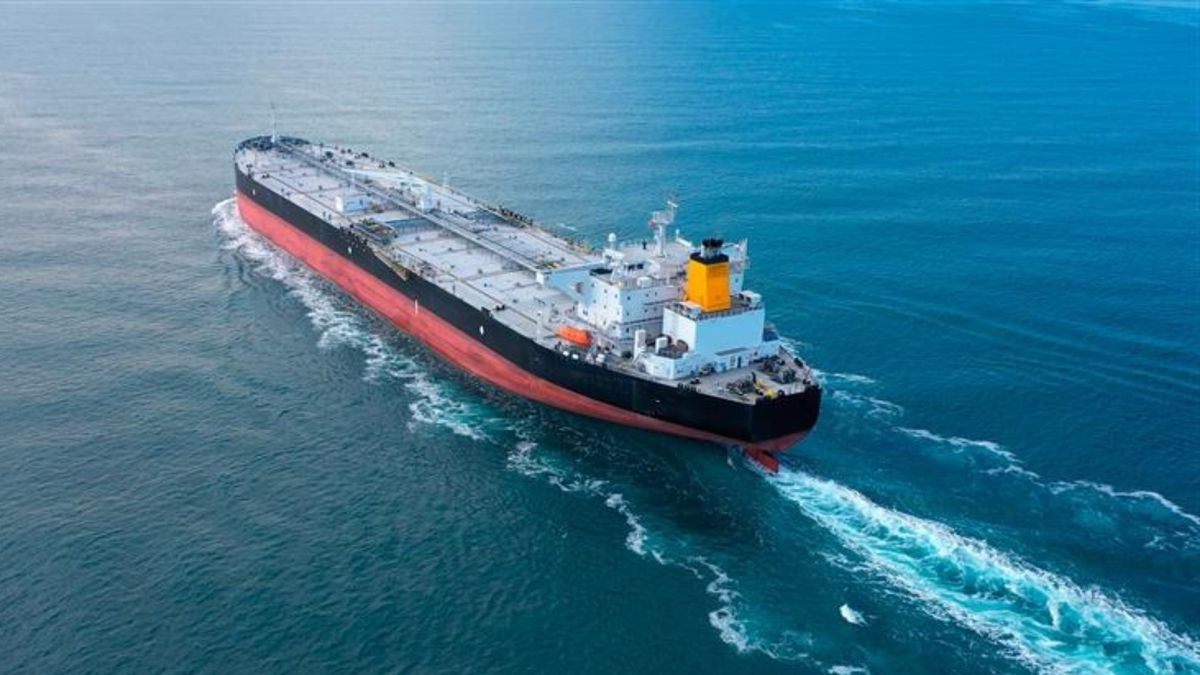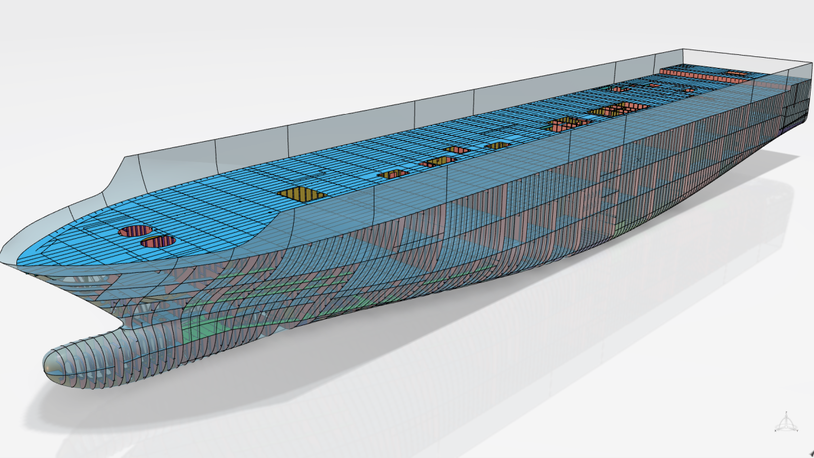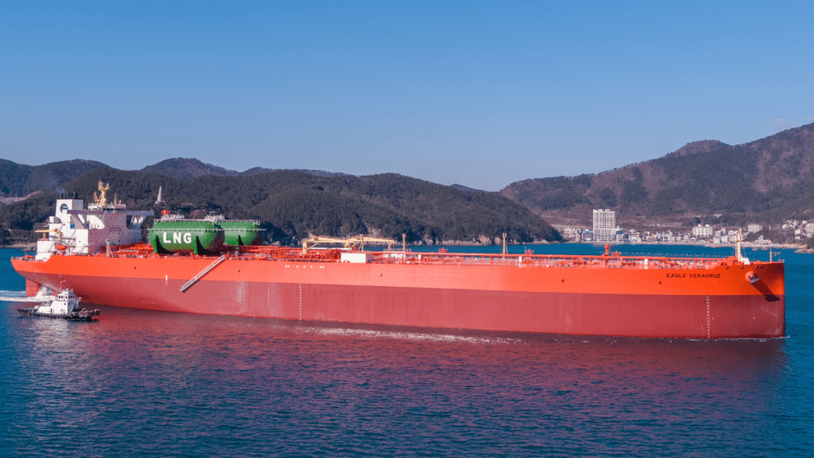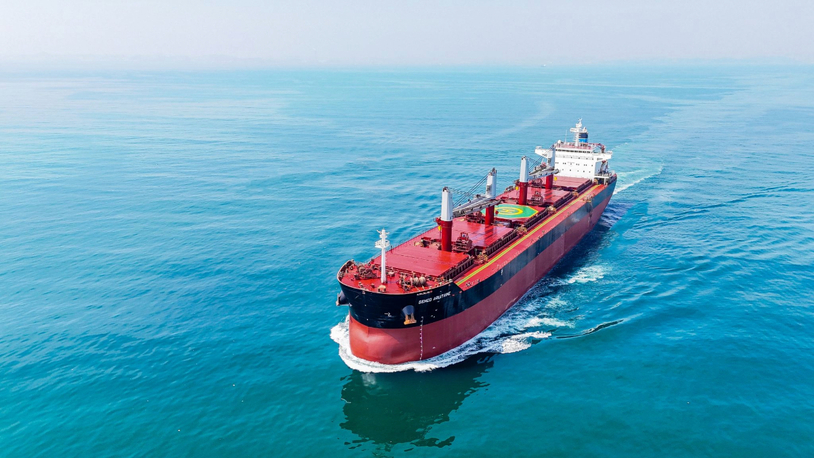Business Sectors
Contents
Register to read more articles.
Chinese-built bulk carriers struggle to secure period charters amid US port fee uncertainty
The proposed US port fees have already begun to impact the dry bulk charter market, with Chinese-built tonnage facing difficulties in attracting interest from operators for period charter deals
In its latest weekly report, BRS Shipbrokers noted the USTR’s proposal has affected both cargoes arriving at and departing from the US. As US seaborne dry bulk exports and imports are predominantly carried by sub-Capesize vessels, it is these ships that are encountering challenges in the market.
In the Supramax/Ultramax segment, BRS highlighted operators on Atlantic routes are actively seeking period charter deals. However, Chinese-built vessels are struggling to secure interest, as many operators remain cautious, awaiting further announcements from the US administration.
On the US Gulf/US East Coast front, analysts observed the market remains sluggish "courtesy of the USTR proposal," with charterers inquiring about vessel origin for May cargo stems.
This development in the charter market mirrors recent trends in the sale and purchase (S&P) sector, where Japanese-built bulk carriers have attracted growing interest, while Chinese-built tonnage has become increasingly scarce in sale reports.
A tricky start to the year
Looking back at the dry bulk market’s performance during the first quarter, BRS Shipbrokers pointed out while freight rates saw a mini rally in March, this was from a very low base during January and February.
Focusing on Capesize vessels, analysts noted average spot rates in March reached US$20,802 per day, significantly outpacing the corresponding months of 2021 and 2022. However, the overall picture for Q1 paints a different story, with the average daily rate for Capesize vessels falling to US$12,998. This is noticeably below the average rates of 2021 (US$17,126) and 2022 (US$14,746).
Overall, BRS Shipbrokers’ data shows Q1 2025 was the worst for all vessel sizes when comparing it with figures from 2021. The only exception was Capesize vessels, where Q1 2025 was the second worst, surpassing only Q1 2023.
Meanwhile, key dry bulk commodities such as iron ore, coal and grains saw notable year-on-year losses in global shipment terms, dropping by 3.5%, 6.1% and 11.5%, respectively.
Geopolitics and China
The first quarter has been shaped by significant developments, largely driven by the new US administration, including sweeping tariffs, the USTR proposal, and developments around the Panama Canal. However, little attention has been paid to the economic landscape of China, which remains the major driver behind dry bulk demand.
"As President Trump takes centre stage, even the ongoing slowdown of the Chinese economy has struggled to capture midstream attention," commented BRS Shipbrokers.
Analysts noted Beijing has adopted a more cautious stance, avoiding excessive debt. As a result, instead of relying on infrastructure projects and a property boom, the government is shifting its focus towards advanced technologies. "While stimulus remains restrained, China’s 2025 fiscal deficit is projected to reach a record 9.9% of GDP, though it remains smaller than previous economic rescue efforts," BRS added.
Riviera’s Bulk Carrier Webinar Week will be held from the week commencing 8 April 2025. Click here to register for this free-to-attend event.
Related to this Story
Events
International Bulk Shipping Conference 2025
Tankers 2030 Conference
Maritime Navigation Innovation Webinar Week
© 2024 Riviera Maritime Media Ltd.


